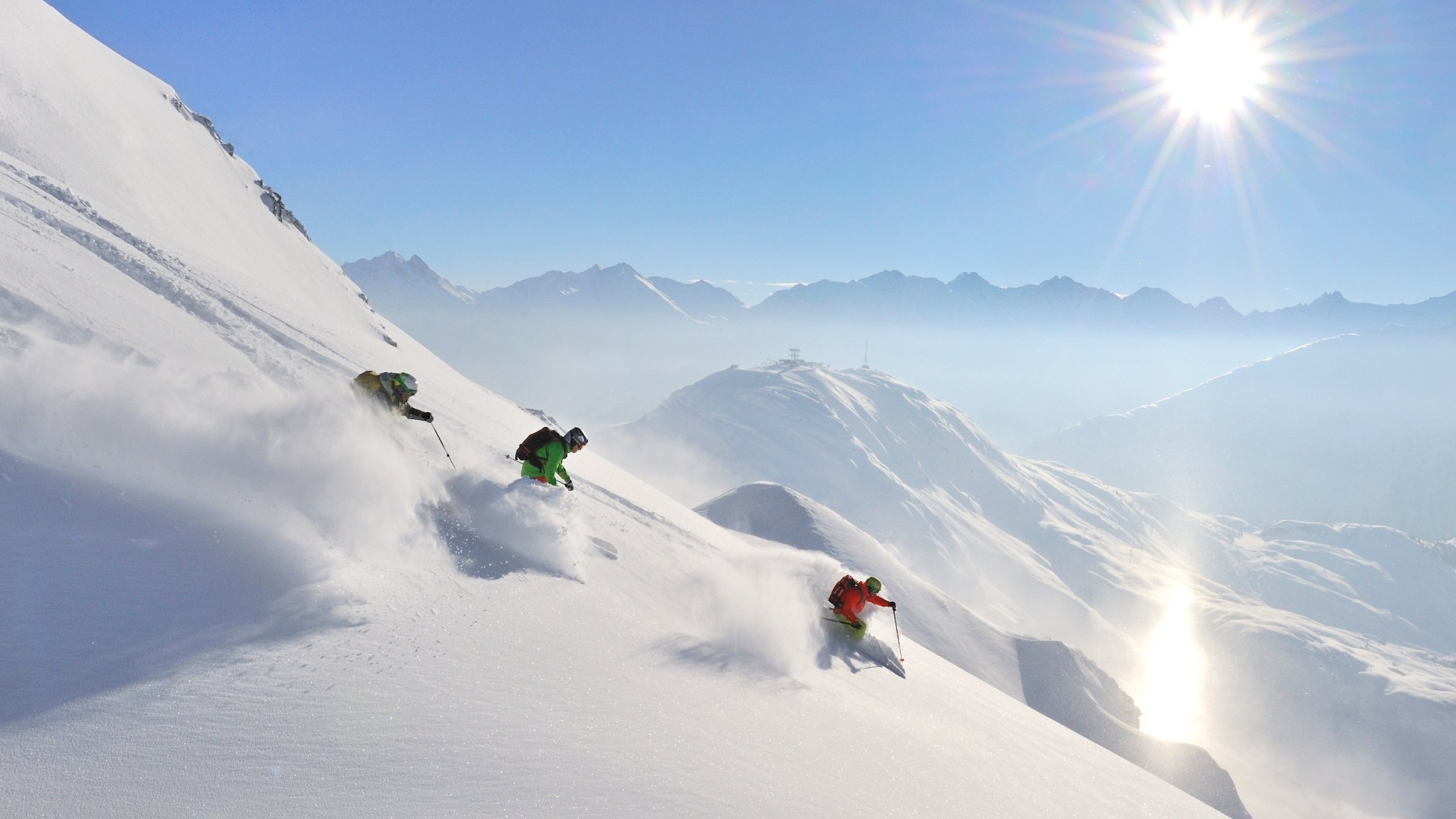 Often, we have the view ahead in focus, the future and upcoming events. But today I will look backwards. Because we always have a lot to learn from the past. Both from a personally view, but
Often, we have the view ahead in focus, the future and upcoming events. But today I will look backwards. Because we always have a lot to learn from the past. Both from a personally view, but
also in a history view. The history and the culture also go hand in hand, and that why culture is so important. Many people mean that we not should put money into culture project and activities. But I
support that. Because it is important for that will set the footprints for the future…Well today I will take you on a journey, first to a Sami story including a helicopter accident. And, a bit about our mountain sport history. I hope you will enjoy the travel. In my early teens I went up to Jamtland, and I think that that have made who I am today. And this may be why I want to tell this history for today.
The story of the silver reindeer calf. In the end of the 1600 a Sami family have their Sami grazing land on the Bastunasfjallets northside. The father of the family was a wise man a so called Nåid (shaman). So, at one of the reindeers calving period he chooses one of the calves and silver it. He announces it as “seite”. He hides it in a crevice, and one it was time for the movement of the rein herd from
summer to winter pasture and vice versa he took out the “seite” and worshiped it for securing his own and his family their happiness and prosperity. When he the first time placed the silver calf in the
crevice, he read a incantation that meant if some else not from the family would see the silver reindeer(seite) he would die before he could tell were it was. And if today the incantation has been working, and no one have told that they have seen the silver reindeer calf. In 1977 a helicopter was flying in the area. One of the crew was Kent Lillspokis Andersson the son of Spokis the mountain pilot. The helicopter crashed and all members of the crew died. The question was having they seen something on the slope of Bastunasfjallet, the silver reindeer calf? We will never know…
The beginning of the mountain tourism.
The mountain tourism begun in the end of the 1800 in Sweden. But before that the science has started exploring the northern part of Sweden. This paved the way to open the mountains, . 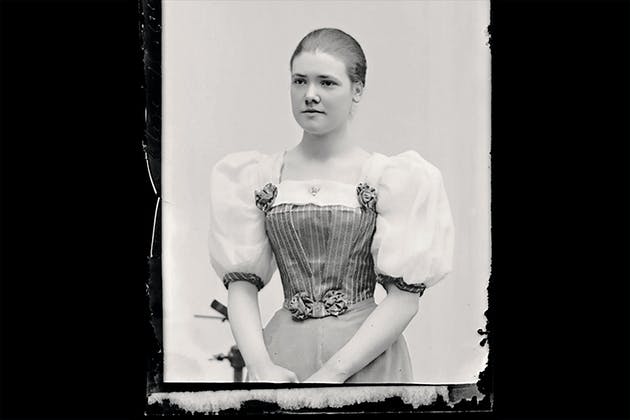 The year
The year
was 1895 Astrid Cleve and Lilly Paijkull begun their hiking towards Kvikkjokk and Stora sjofallet. They have changed their skirts to a more comfortable waterproofed and shortened skirts. This short one just reached down to the ankles. These two women represents in many ways a transitional period in the Swedes relation towards the mountain world. Her travel contributes not only the science science part but even that they were emotionally affected of the mountain environment. This travels also resulted in the doctoral degree she earned at Uppsala University. But before this Carl von Linné already in 1735 was traveling from Kvikkjokk as well and write a lot of diaries and books about the environment. And now the science has got their eyes on the nature, but it needs to be spectacular. In 1835 Karl XIV Johan was visiting Tannforsen close to Åre. (Called the Nordics Niagara fall). The landscape painters and the Science contributed now the knowledge of the fabulous mountain environment up in the north. The English tourist Alex H Hutchinson meant that if possible, go to the Swedish mountains because is a relatively "cheap" alternative to the over-exploited Alp in his book Try Lapland a fresh field for summer tourists .
The importance of the communications.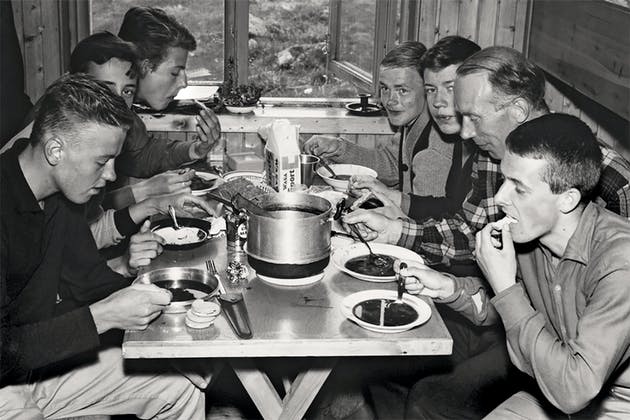
(A company of tourists enjoying dinner at Sylarnas mountain lodge in 1962)
One very important reason for traveling towards north was the development of communications. During the year of famine, in late 1860 new roads was built in northern part of Sweden. But for
reaching Jamtland the easiest way was to go for Oslo and from there train to Röros. And from there transportation towards the jamtlands mountain environment. When the Norrlandska tvarbanan(today the mittbanan) was build in 1882, the mountain in Jamtland could be reach by train from southern part of Sweden. This opened up the mountain tourism in a broader way. In 1885 the Swedish Tourism Association was founded and that history we know all about��.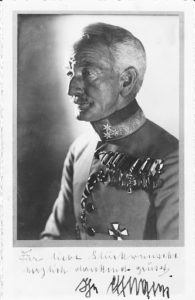 In 1897 the first mountain hut with food service was promoted, the Syl-cabin. Worth to mention is that during the world wars the mountain tourism was slowed down. But during 1926-27 the downhill skiing was introduced in Sweden. The Austrian officer Georg Bilgeri held courses in Solleftea in downhill skiing. The first ski lift was build in Are in 1940 and it was here the first World Championship in alpine ski-sport was held in 1956.
In 1897 the first mountain hut with food service was promoted, the Syl-cabin. Worth to mention is that during the world wars the mountain tourism was slowed down. But during 1926-27 the downhill skiing was introduced in Sweden. The Austrian officer Georg Bilgeri held courses in Solleftea in downhill skiing. The first ski lift was build in Are in 1940 and it was here the first World Championship in alpine ski-sport was held in 1956.
This weekend I have trekking the Malardalstrail. Nice and good for preparing for the mountain trails…With a fantastic view over Malaren the beginning of todays trail was good. 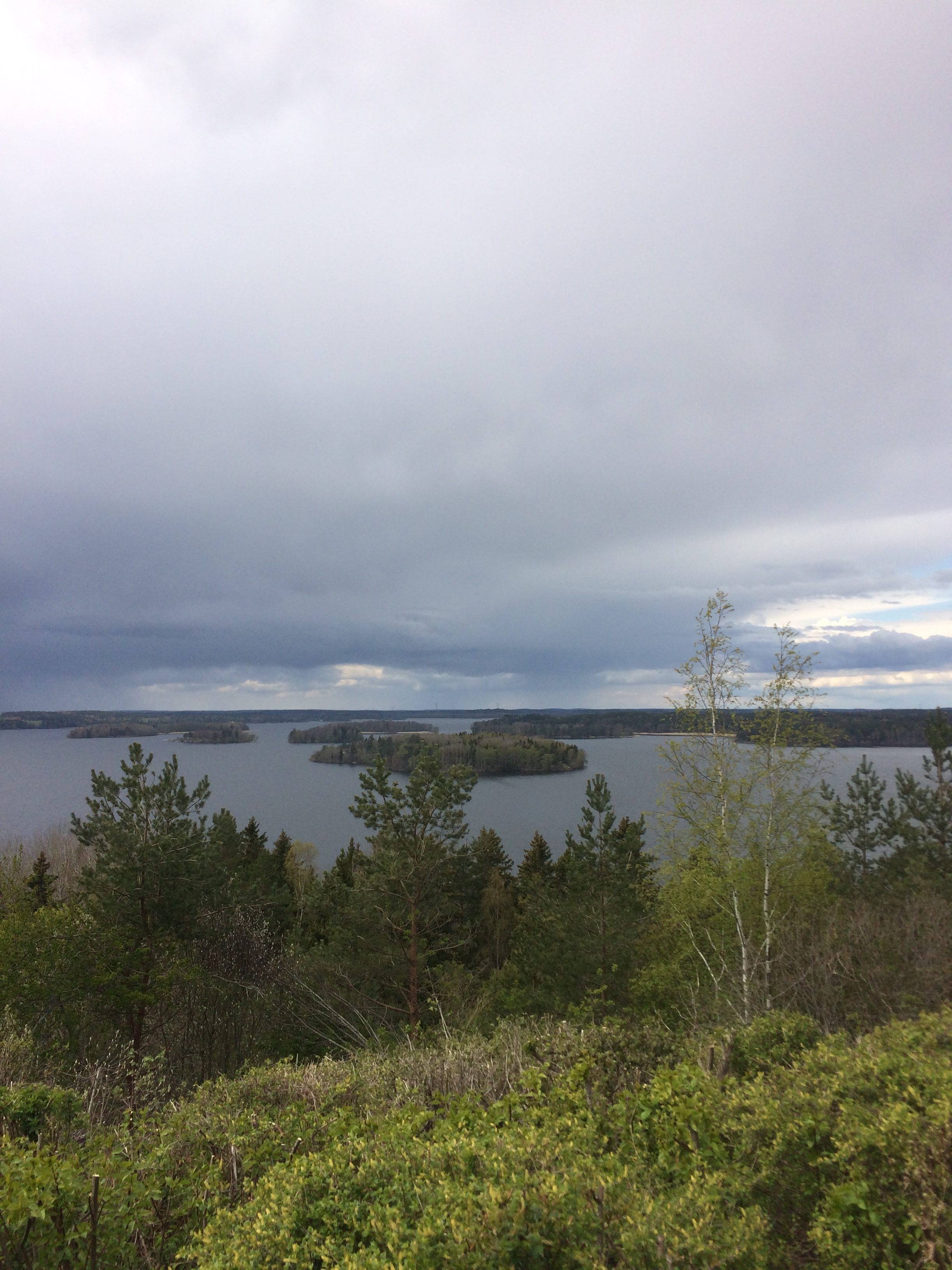 The uneven ground is good for the feets..
The uneven ground is good for the feets..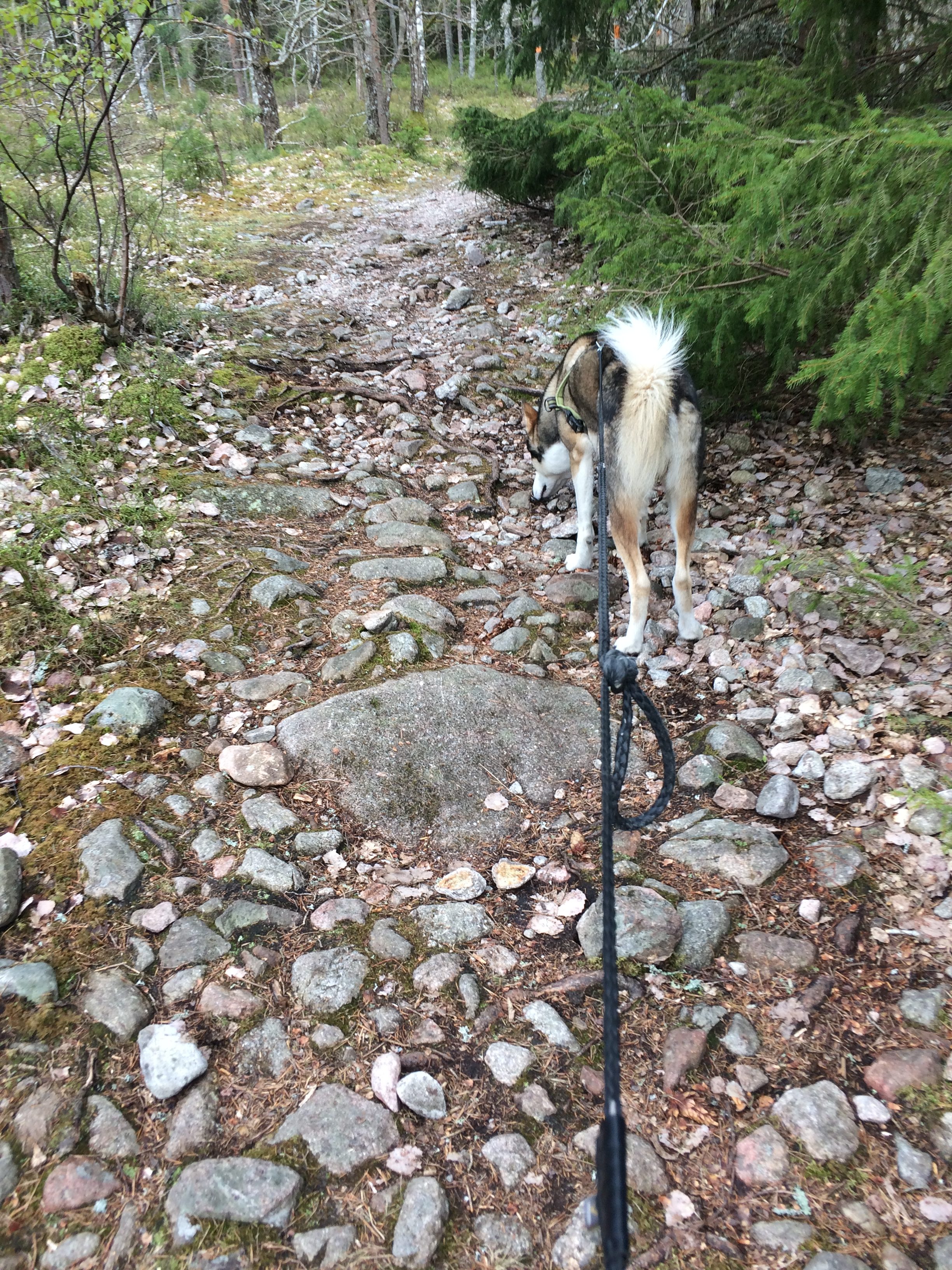
Todays quiz will be about a peak at the height of 2016m. It is a dubbel peak, and you might know the name from Selma Lagerlofs book Nils Holgersson wounderful journey. The name of the peak is Sami and means ”Old woman”. Send an SMS with right answer to +46-702509028 and your name.
See ya soon…
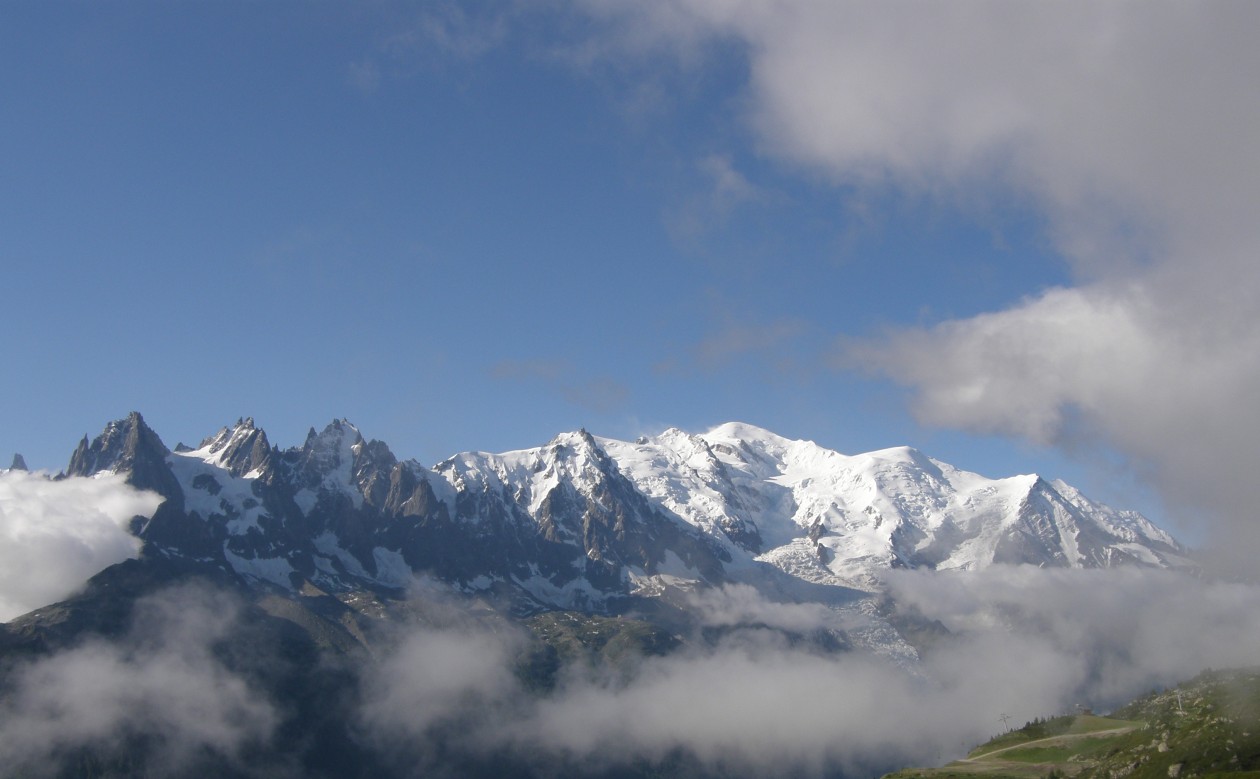
Great blogg Bergman.
Its always interesting with some history. Espesially when it comes to Sylarna and the Jämtlandmountains.
I yave my cabin in Röros and when you go up on the nearest hill you can see the whole Sylarna and Skarsmountains in the east.
Looks like that picture of the team is from the summit of Storsylen facing Storsola.
Right?